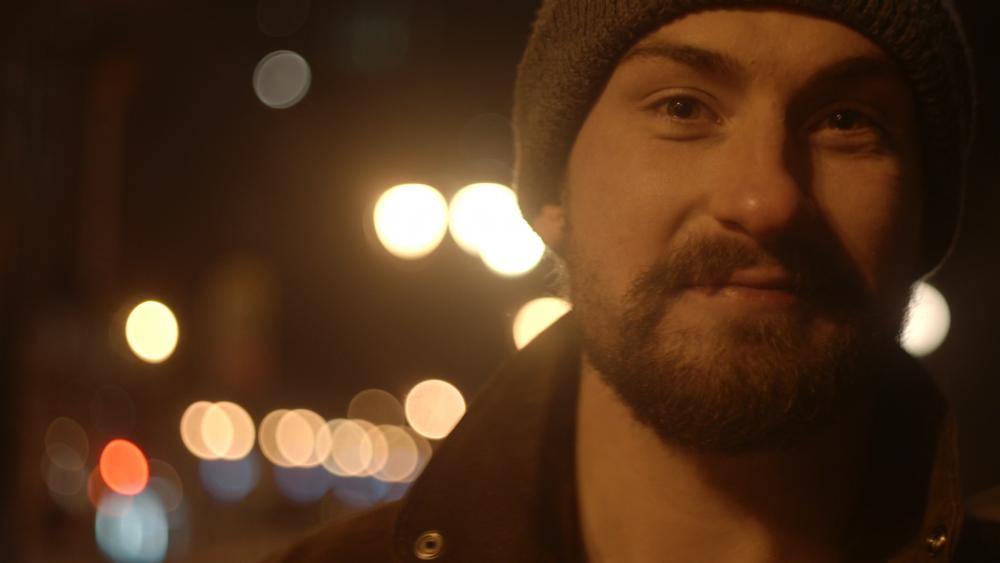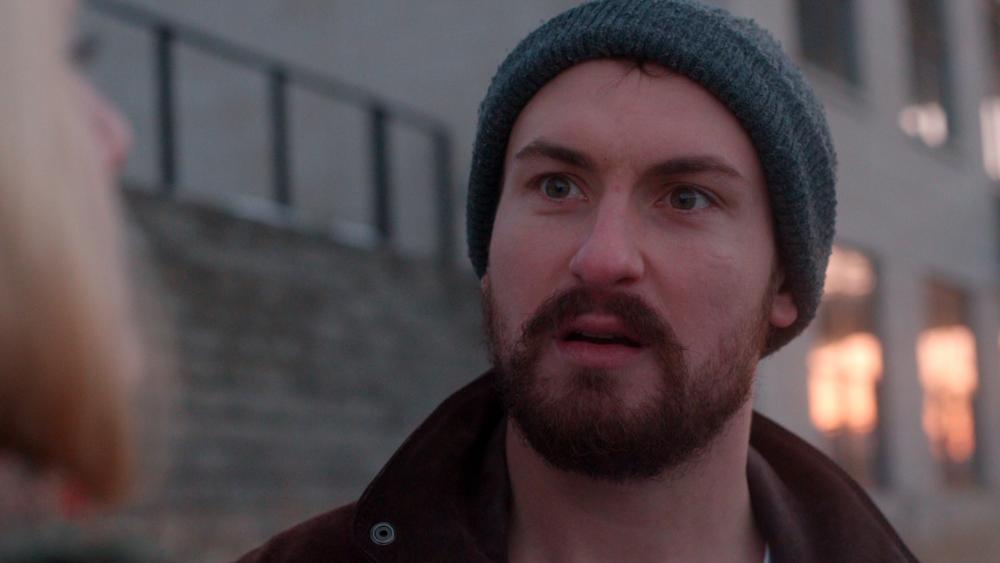-
Posts
1,503 -
Joined
-
Last visited
Content Type
Profiles
Forums
Articles
Everything posted by TheRenaissanceMan
-

How Did They Get So Much Dynamic Range?
TheRenaissanceMan replied to Mark Romero 2's topic in Cameras
Where are you finding an LS1S for $450? -
This is exactly what made me finally take the plunge on my Leicas. It made more sense to have one premium set of lenses vs a hodgepodge, even if it was a lovable hodgepodge. It's made life a lot simpler, since I'm not always sifting through the pile deciding what to use: just pick my focal length and go. So I applaud the thinking. Keep your set streamlined. Unfortunately, I don't have any insight on the lens in question. What few samples I can find look good, but who knows. Some Canon FDs I've used had issues with purple gunk, so keep an eye out. EDIT: In my experience, the FD L lenses do color match with Canon's newer stuff, which is helpful. And a 20-35 sounds like an IDEAL lens for shooting in cars. Nice all rounder for close quarters.
-
Two very different price categories, too. Interesting. Wonder if he plans to rent them out. Both are extremely popular in their respective worlds.
-
Well, Netflix productions will be renting something higher end than a Kine, EVA, UMP, etc regardless. This is more a competitor to those cameras--low end workhorses for owner-operators.
-
There's also a difference between content commissioned by Netflix and content acquired by Netflix. Gonna go ahead and say all of us fall into the latter category, in which case they'll distribute anything they think people will watch. For me, the only standards I need to adhere to are my own standards for quality (easily met by ProRes, let alone KineRAW), broadcast (again, easily met by ProRes), and whatever my clients specifically request (at most, 4K 10-bit). Between the codecs, low light, and slow motion, the Kine ticks pretty much all my boxes.
-
Also, Netflix allows content to be shot on Varicam, which is "just 4k." Never have I read that they or any other streaming service require oversampling or give a shit about Nyquist. Camera looks dope. A poor man's Red, but with Panasonic-like low light performance and compatible with my existing accessories. Waiting to see a little more footage, but...this is on my radar.
-
Just because a technology is used in a major film (complete with publicity) doesn't necessarily mean it will become mainstream. While I'm all for anything that breaks the mold, this project does not herald a slew of new theatrical releases shot on cell phones.
-
Depends how well the film is recieved.
-

The "Annihilation" of Paramount Pictures
TheRenaissanceMan replied to Andrew Reid's topic in Cameras
The music cue in the trailer stood out to me too. Creepy yet melodic. Dug it. -
Very nice image, if a little too contrasty. The massive focus breathing killed it for me.
-
Could say the same for the Red Raven, and that one doesn't even have a speed booster option.
-
There's a fair bit to shooting, grading, delivering, and displaying HDR properly. Art Adams' write up is the most comprehensive I've seen, and a goldmine for people looking to dig into the topic further. https://www.provideocoalition.com/a-guide-to-shooting-hdr-day-1-what-is-hdr/amp/ Sadly, most viewers simply don't have the display or the desire for proper HDR content, and the majority of "HDR TVs" don't have nearly the display contrast of an OLED or premium LCD. It also doesn't help that there's no universal standard for HDR encoding: HDR10, HDR 10+, Dolby Vision, HLG...it's early, messy days yet, and I doubt we'll see widespread adoption for a few years yet.
-
The 50mm Summicron-R does magical things wide open... And some pretty cool things stopped down, too.
-
The ACES workflow in DaVinci makes matching your cameras easy as hell--as it should, since that's what it was designed for. If you haven't tried it, go give the tools a spin. You'll be stunned what you can get out of it.
-
The catch is that the sensor is oversized, and expands the readable area horizontally in those aspect ratios instead of just cropping more vertically. This lessens the crop factor in those formats compared to the GH5 sensor. http://m43photo.blogspot.com/2012/10/multi-aspect-sensor.html?m=1
-
There's definitely a difference in crop factor when shooting 16:9 and 17:9.
-
One of the bigger F3 rigs I've seen. Definitely not built with the intention of staying small, light, and discrete. My setup tends to look more like this, generally with a small riser, rails, and follow focus.
-

Panasonic GH5S 4K / 240fps low light monster
TheRenaissanceMan replied to Andrew Reid's topic in Cameras
The GH5 and GH5S are both current models. Neither is outdated or replaced by the other. -
Haha, good catch Max! Living in SE Wisconsin, the winter aspect of it comes into play more often than not. It's still the most consistent, reliable, good-looking light source out there, especially for the money they sell for nowadays.
-
Thanks! Yep, F3 running 10-bit 4:2:2 into a Blackmagic Video Assist. The director just did some basic corrections and a film emulation LUT. I'll post updated stills once we finish our pickups and start on the proper grade.
-
-
Varicam LT or C300 II
-

Panasonic GH5S 4K / 240fps low light monster
TheRenaissanceMan replied to Andrew Reid's topic in Cameras
GH5S Advantages: -Low light performance (obviously) -Dual Native ISO (huge for both sensitivity and practical DR) -While the total DR is similar, more of it is clean/usable, and highlights clip much more smoothly -Improved color response -14-bit sensor readout -Timecode -Multi-aspect sensor for reduced crop factor -Better HFR -No jitter from car mounts/gimbal motors/etc -Slight improvement in battery life GH5 Advantages -IBIS (obviously) -Higher stills resolution -6K anamorphic -Slightly sharper video -$500 cheaper GH5 is clearly a better hybrid, and has distinct advantages for hobbyists without support gear, but the S definitely gets me hotter under the collar.






